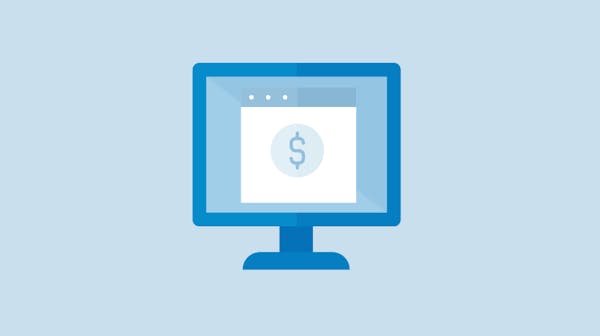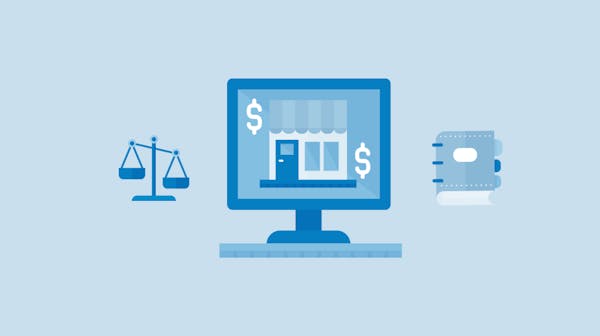The main challenge lies in the need to adapt invoicing to the varied and unpredictable nature of gig work, but how exactly should you customize these invoices to maintain financial health and client trust?
What is Gig Economy?
The gig economy is an economic system based on flexible, temporary or freelance work assignments, often mediated through online platforms. In this model, people are often hired for short-term contracts or freelance assignments instead of traditional long-term employment. The gig economy encompasses a wide range of industries and job roles, from delivery drivers to IT specialists working remotely. This model allows workers greater flexibility and independence, but can also mean less job security and limited access to employee benefits and protections. The gig economy reflects the growing trend towards digitalisation and the transformation of traditional working relationships as a result of technological advances.
Top Gig Economy Invoicing Best Practices for Entrepreneurs
- Understanding the Gig Economy's Impact on Invoicing
For gig workers, it's key to consider billing strategies like pro-rata charges for project-based work and milestone billing for extensive tasks. These methods align with the customizable nature of gig jobs and ensure you're paid fairly for the work completed.
- Key Aspects to Consider for Gig Economy Invoices
The variability of gigs requires a unique set of invoice elements. To determine if you should charge VAT, consult your local tax laws. Generally, if you're registered for VAT, include it in your invoices; if not, omit it but keep records should your status change. This becomes even more important when considering VAT implications. Gig workers dealing with both VAT payers and non-payers must understand the differences in invoicing requirements.
Real-World Gig Economy Invoicing Scenarios and Solutions
- Setting Clear Payment Terms and Conditions
Creating a consistent payment structure is vital. For instance, late payment fees can be calculated as a percentage of the total invoice amount per day overdue, reinforcing timely payments. Additionally, establishing a cash flow forecast can help anticipate the timing and amount of your incoming funds.
- Utilizing Digital Tools and Platforms
Discover how effortless gig economy invoicing can be with InvoiceOnline —you can create invoices quickly and directly in your browser, saving you even more valuable time. Efficient invoice templates and platforms streamline the process, allowing for quick customization and easy tracking of paid and unpaid invoices.
- Handling Irregular Income and Varied Workload
A practical solution is to set aside a percentage of income as a financial buffer for leaner times. In addition, employing intuitive accounting software can provide insights into your cash flow, revealing trends and helping predict future income. Using tools that help with adjusting invoice number sequences can maintain order and clarity in your billing process, ensuring every job is accounted for.
- Dealing with International Clients and Diverse Payment Methods
To handle currency disputes, use a predetermined exchange rate and include it in your contract. Additionally, consider online payment platforms that offer competitive rates on currency exchange and lower transaction fees. Knowledge of issuing invoices in other currencies and managing various payment options is crucial, and resources on issuing an invoice in other currency can be immensely helpful.
Summary
Optimizing your gig economy invoicing procedures contributes to a robust freelancing venture. By understanding the unique challenges and implementing best practices, entrepreneurs can maintain financial health and foster trust with clients.




